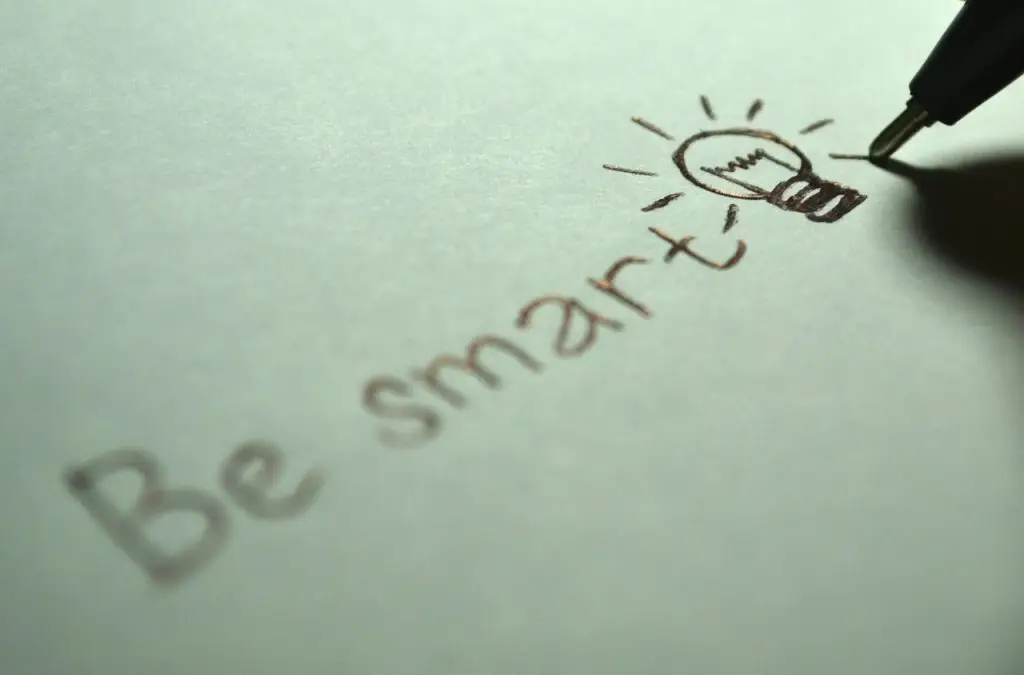When people think of self-defense, they often picture firearms training, martial arts, or carrying pepper spray. While these tools and skills can be crucial in a dangerous situation, they are secondary to the most essential element of personal protection: a self-defense mindset. This mindset, rooted in awareness, preparation, and confidence, keeps individuals safe. In this article, we’ll discuss how adopting a proactive approach to personal safety can make you a more challenging target and minimize your risk of becoming a victim.
Situational Awareness: Your First Line of Defense
Situational awareness is the ability to observe and assess one’s surroundings while recognizing potential threats. It doesn’t mean living in fear or paranoia but rather being mindful of what’s happening around one.
How to Improve Situational Awareness
Stay Off Your Phone in Public: Constantly looking at your phone makes you an easy target. Criminals seek out distracted individuals who are less likely to react.
Scan Your Environment: Whether walking to your car, sitting in a restaurant, or shopping, take note of exit points, unusual behavior, and potential threats.
Trust Your Instincts: If something feels off, it probably is. Listen to your gut and remove yourself from the situation if necessary.
Keep Your Hands Free: Carrying multiple bags, wearing headphones, or having your hands full limits your ability to react quickly.
Use the “Cooper Color Code”: Developed by Colonel Jeff Cooper, this system helps people gauge their level of awareness:
White: Unaware and unprepared.
Yellow: Relaxed but alert.
Orange: A potential threat is identified.
Red: Action is necessary.
Reducing Your Risk of Being Targeted
Criminals prefer easy victims—people who appear weak, distracted, or unaware. You can make yourself a less attractive target by projecting confidence and taking a few precautionary measures.
Ways to Reduce Your Risk:
Walk with Purpose: Keep your head up, make eye contact, and walk confidently.
Avoid Routine Patterns: Criminals watch for predictable habits. Vary your routes and routines.
Keep Valuables Concealed: Flashing expensive jewelry, electronics, or large amounts of cash can make you a target.
Use Well-Lit Areas: Stick to well-populated, illuminated paths when walking at night.
Have a Safety Plan: Know what you would do in an emergency, whether at home, in your car, or in public.
Defensive Strategies at Home
Your home should be safe, but criminals often look for vulnerabilities to exploit. Being proactive can help prevent home invasions and burglaries.
Home Safety Tips:
Lock Doors and Windows: Many break-ins occur because of unlocked doors.
Install Motion-Activated Lights: Criminals prefer the cover of darkness.
Use a Home Security System: Even a basic camera system can deter intruders.
Reinforce Doors and Locks: Consider deadbolts and security film for windows.
Have an Emergency Plan: Everyone in your household should know what to do in case of a break-in.
Situational Awareness While Driving
Vehicles can be both a tool for escape and a potential danger zone. Carjackers and criminals often target people when they are entering or exiting their vehicles.
Car Safety Tips:
Park in Well-Lit Areas: Avoid secluded parking spots.
Check Your Surroundings: Before getting in or out of your vehicle, scan the area.
Keep Doors Locked While Driving: Many carjackings happen at stoplights or in parking lots.
Don’t Sit in a Parked Car for Long: If you need to check your phone, drive to a safe, public area.
Be Cautious of Strangers Approaching: If someone seems suspicious, drive away instead of engaging.
What to Do If a Threat Arises
Despite best efforts, dangerous situations can still occur. How you respond can make all the difference.
Basic Self-Defense Responses:
De-Escalation First: If possible, use verbal de-escalation to defuse a situation.
Create Distance: If you feel threatened, move away quickly.
Use Your Voice: Yelling can deter an attacker and attract attention.
Be Prepared to Defend Yourself: If escape isn’t possible, be ready to fight back using strikes to vulnerable areas (eyes, throat, groin).
Know When to Use a Weapon: If carrying a firearm or self-defense tool, understand the laws and be trained in its use.
Final Thoughts: Empower Yourself Through Awareness
Self-defense isn’t just about physical confrontations—it starts long before an attack happens. Being aware, confident, and prepared can significantly reduce your risk of becoming a victim. Adopting a proactive mindset will help you stay ahead of potential threats at home, in public, or in your car. Take control of your safety by making awareness a daily habit—it could one day save your life.

